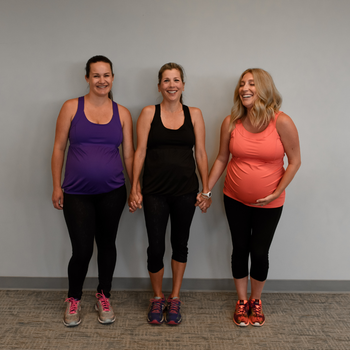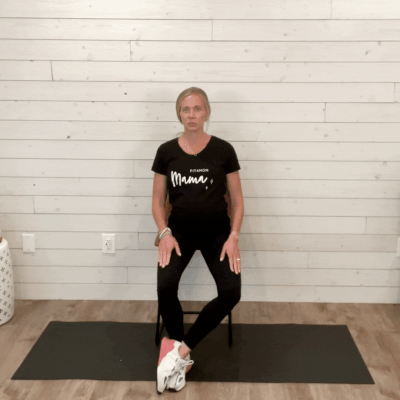Mindfulness and meditation practices involve focusing on the present moment and cultivating a sense of inner calm. Regular mindfulness practice during the third trimester can help you stay grounded and reduce stress as labor approaches. Meditation techniques, such as focusing on your breath or repeating positive affirmations, can also be used during labor to maintain mental clarity and resilience.
Labor prep during the third trimester is vital to ensuring a positive and empowering childbirth experience. By focusing on breathing techniques, pelvic floor health, mobility exercises, and mental resiliency, you can use the tools to navigate labor confidently and confidently.
Remember, labor is not just a physical journey but a mental and emotional one. Preparing your body and mind during the final weeks of pregnancy can make all the difference as you embark on the incredible journey of bringing your baby into the world.
As always, we are here for you if you are looking for a village to support you through your pregnancy and motherhood journey. We offer FIT4BABY – workouts to build your mental and physical endurance, strengthen your body, and prepare you for pregnancy, birth, and beyond. Your first class is always free.







